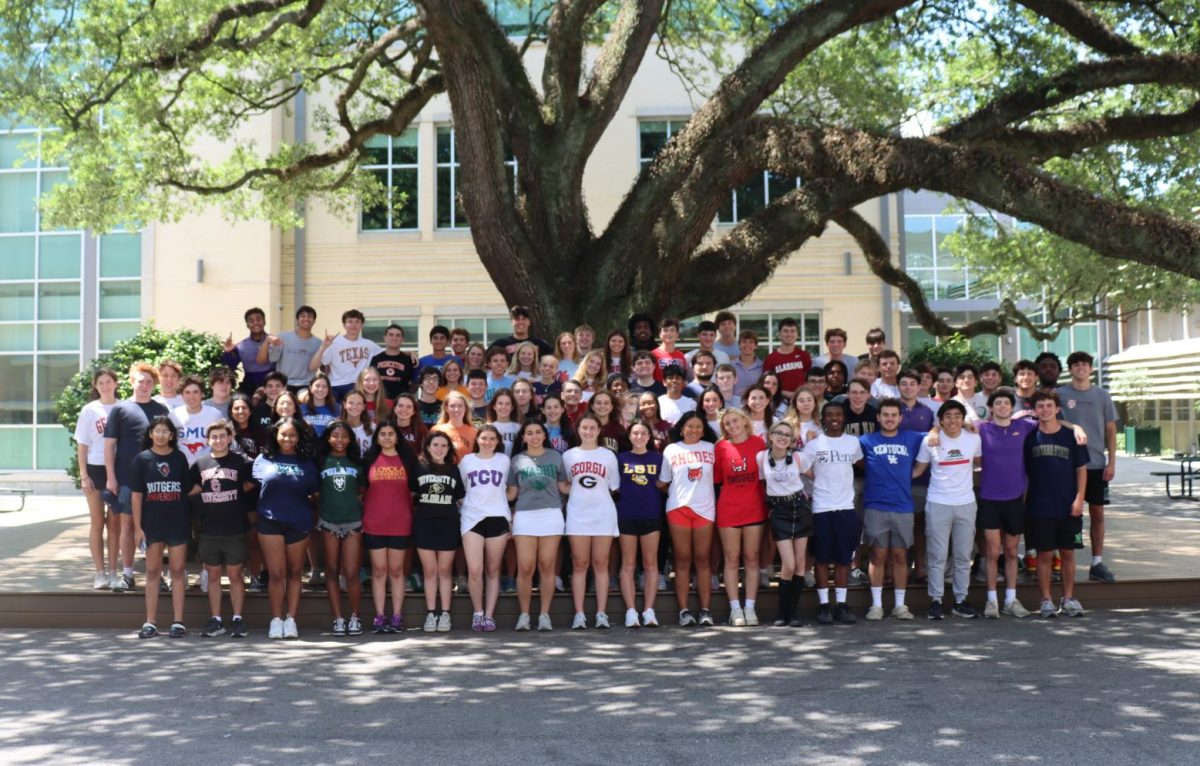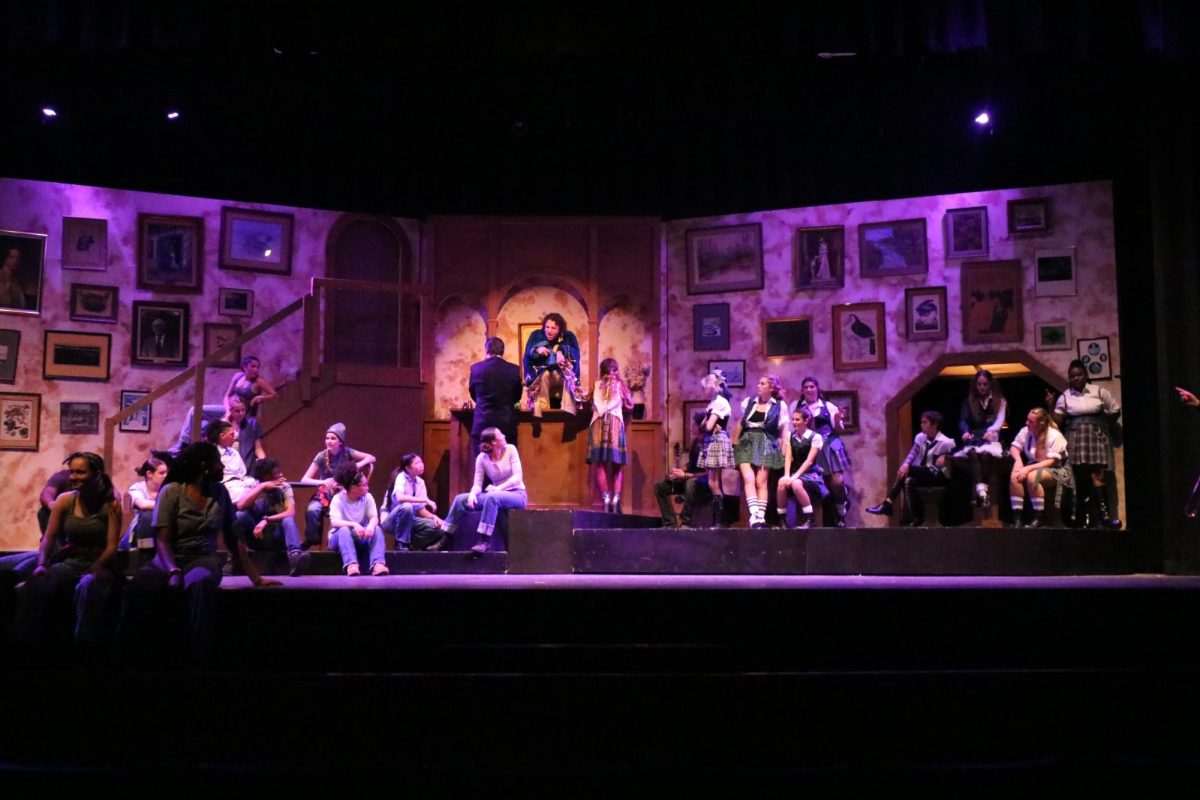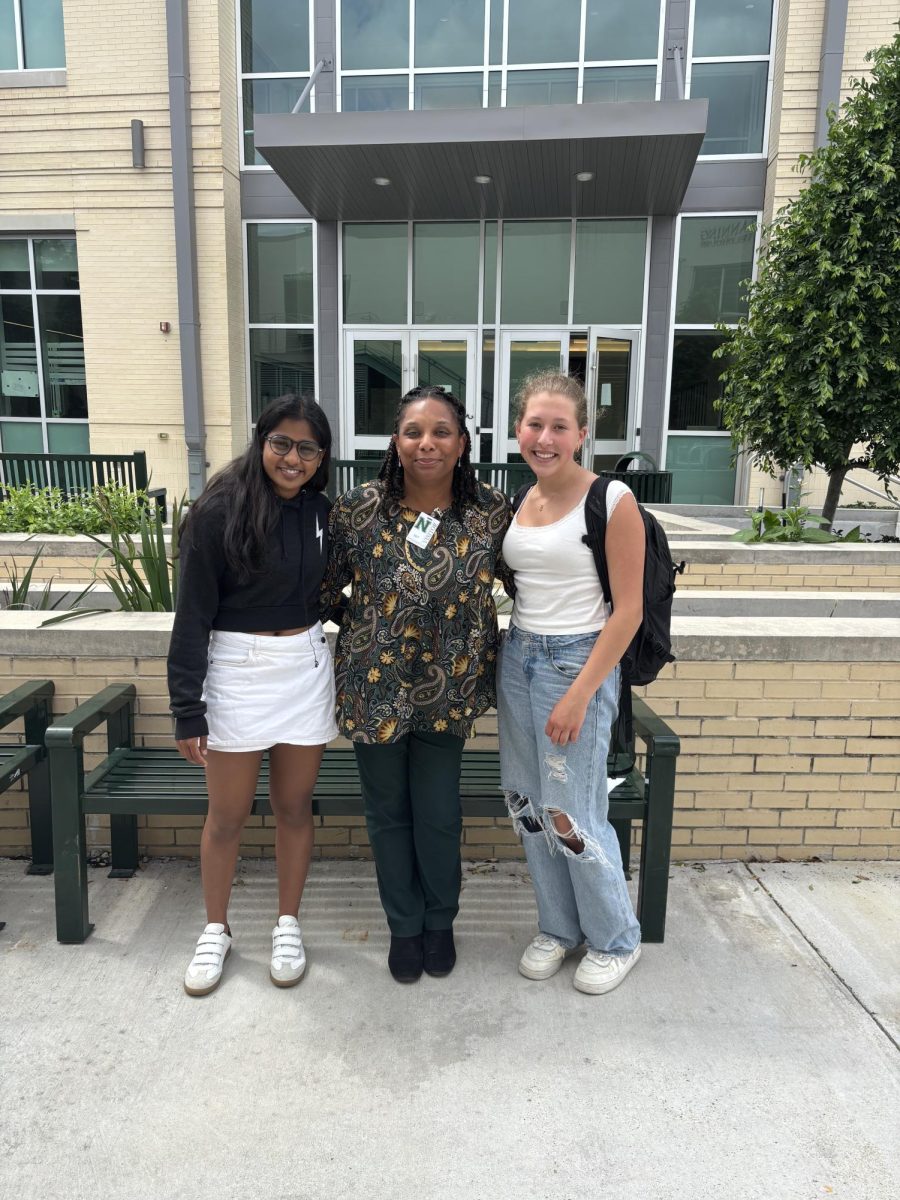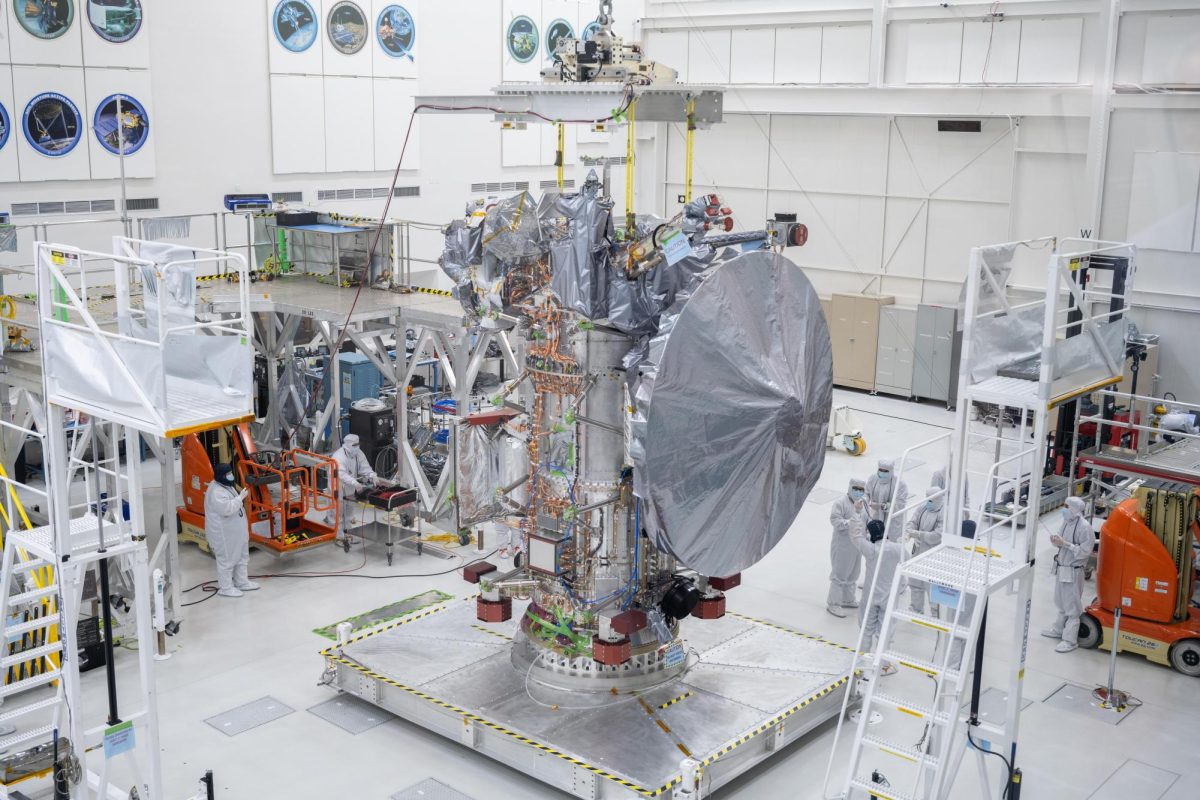Newman should implement an Innovation & Design Thinking Course into Newman’s middle school enrichment program to enhance Newman’s STEM program and cultivate important skills necessary for high school and beyond.
The Problem:
Currently, Newman’s lower school offers many STEM opportunities, from their STEM/Science class to Innovation & Design Thinking to After 3 courses. In Newman’s upper school, we have a variety of electives ranging from engineering to the art of making to coding classes. But in between grades 6 to 8, middle school students do not have the opportunity to use the makerspace, causing a decrease in the popularity of Newman’s STEM program by the time students reach upper school. While Newman’s middle school focuses on the Science and Math parts of STEM within their core classes, they lack opportunities to explore the engineering and technology fields. Newman needs to reinvigorate its upper school STEM program by building upon the foundational skills established in lower school and connecting the curriculum through middle and upper school divisions.
Why STEM is Important:
STEM stands for Science, Technology, Engineering, and Mathematics. STEM education prepares students for future challenges by helping them practice and develop skills in a space where making mistakes is okay and they can turn failure into a learning experience. This approach is essential for fostering a growth mindset, where students learn to experiment, accept failures, make improvements, and develop the resilience they need to try again instead of just giving up. The ability to think critically and view problems from diverse angles fosters a more comprehensive and empathetic understanding of the world.
Skills:
Students learn and practice a variety of skills essential to their success within Newman’s academic programs and outside of the classroom. These include:
- Problem Solving
- Critical Thinking
- Creativity
- Leadership
- Collaboration
- Communication
- Planning
- Empathy
- Confidence
- Adaptability
- Executive Function
Innovation & Design Thinking also directly connects to the Social Emotional Learning curriculum currently taught within the middle school enrichment program, allowing students to put the skills they are learning about to practice, including self-awareness, social-awareness, responsible decision-making, self-management, and relationship skills.
Implementation:
The Innovation and Design Thinking course can easily be implemented into the middle school as an Enrichment track, where students would participate in the course for one quarter of the school year. Newman already has the infrastructure in place to add this course, so it would only cost the school to hire a new faculty member to teach the 3 middle school classes in addition to 2 new upper school STEM courses, benefitting both divisions.
The course looks like group project-based learning, where students use hands-on techniques to create something new, discover problems and solutions, and consider how their learning of skills and concepts can be applied to real world problems and make a difference outside of the classroom. This sparks a long-lasting interest that can lead to future innovation and pursuit of the STEM fields.
It also introduces students to the Engineering Design Process, where they learn to ask questions, complete research, imagine solutions, plan their projects, create a prototype, test and improve it, in addition to presenting their work, receiving feedback, and reflecting on the process.
Example Projects:
Example projects could look like creating a solution to solve plastic pollution in waterways or inventing a solar powered lamp for someone without access to electricity to meet a UN Sustainable Development Goal or even something like designing a solar powered oven.
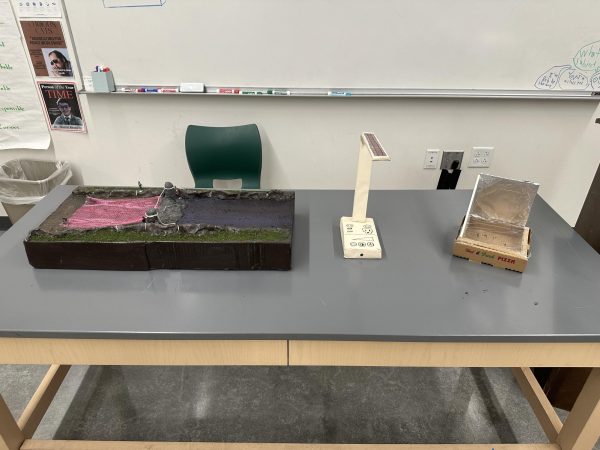
Conclusion:
Newman strives to provide students with opportunities for individual growth, academic excellence, and strong relationships, and all of these things are strengthened with the creation of a Middle School Innovation and Design Thinking Course. Thus, we must bridge the gap between lower and upper school in the STEM field to reinvigorate the upper school program and provide students with the skills they need to succeed in high school, college, and beyond.



